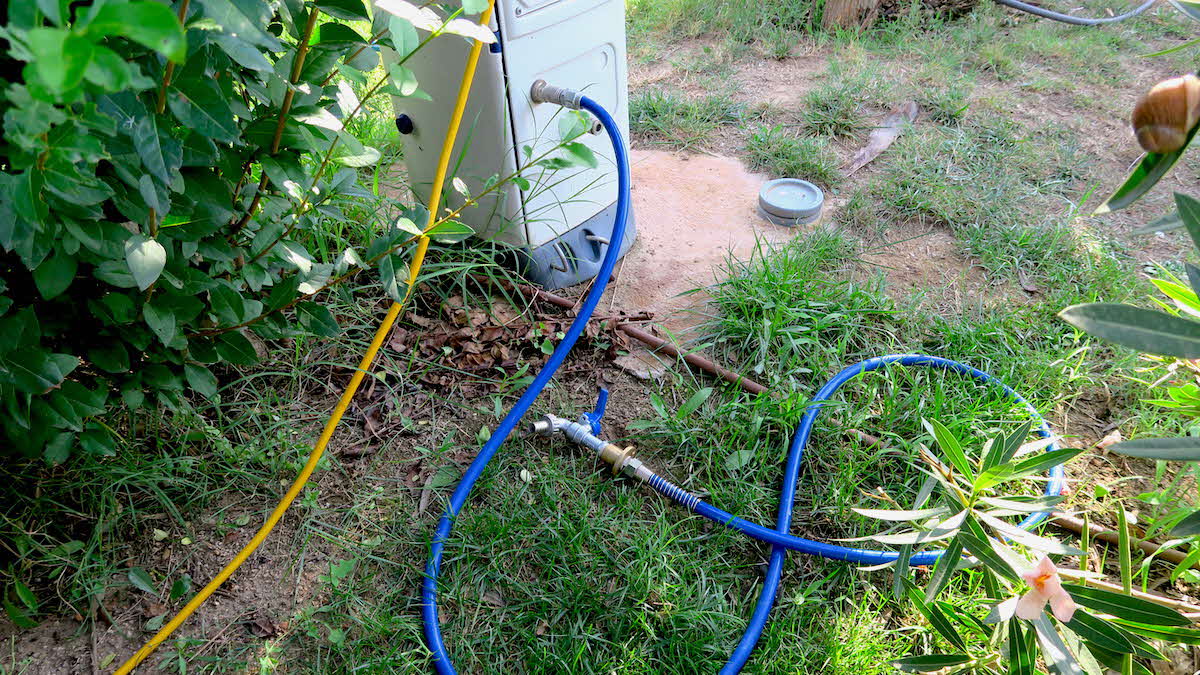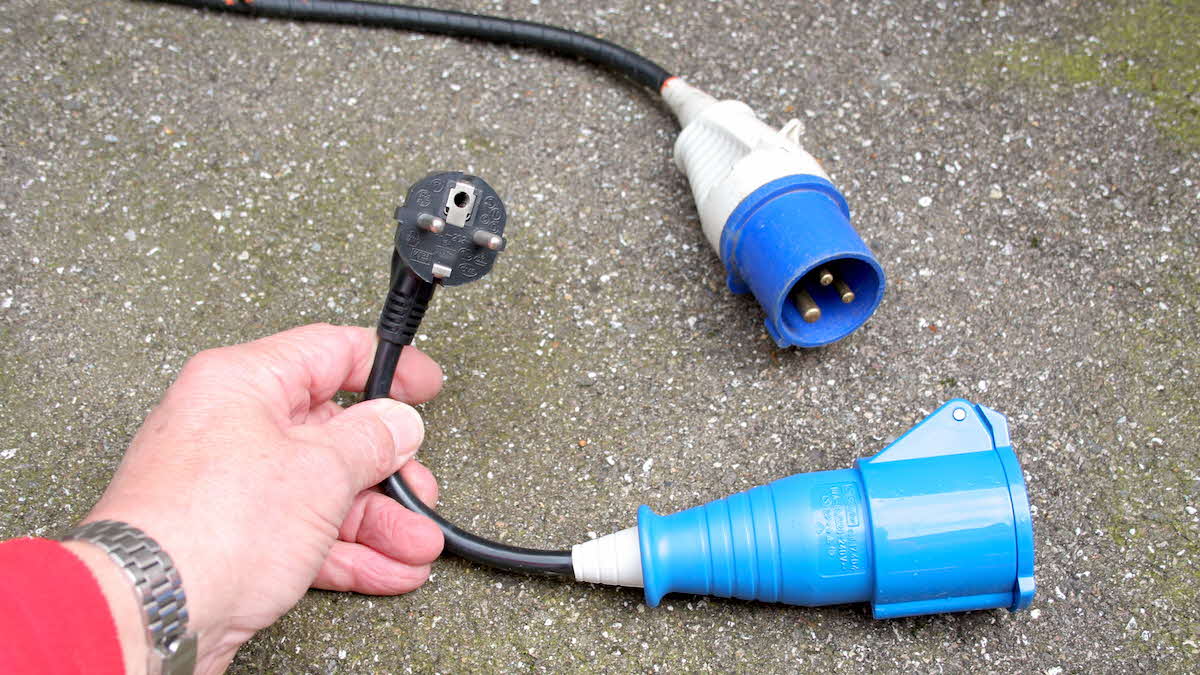Freshwater tips
Check out our useful tips for keeping your water supply clean, fresh and topped up
Read our adviceSammy Faircloth offers her expert guidance on preparing for a stay on a serviced pitch

The term ‘serviced pitch’ refers to a campsite pitch that offers facilities above the norm – ie it is often on an all-weather surface and usually has its own electric hook-up point, fresh water tap and grey waste (water that has been used for washing up/showering etc) disposal point. Some serviced pitches may offer additional amenities such as TV aerial points and facilities for emptying toilet cassette waste (black waste). These services vary between campsites, so it’s advisable to check before you travel, and contact site staff for clarification.
Serviced pitches tend to be more expensive than standard ones, but this is balanced out by the convenience they offer. In order to get the most out of a serviced pitch, though, it is important to carry the correct equipment. All that is usually required is a trip to a hardware store – I now have a kit bag specifically for serviced pitches; here, I talk you through what you might want to keep in yours.
Fresh water will often be supplied to a serviced pitch via a standard brass tap with a threaded end. To ensure a secure seal and leak-free water flow from the pitch tap, you can purchase a brass/plastic connector and some plumber’s tape (also known as PTFE tape). Note: please ensure that tape is removed completely from the tap on departure, otherwise water hygiene could be compromised.
If your caravan has an onboard water tank you could consider investing in the Whale Watermaster mains water hook-up kit, which consists of a 7.5m hose with a tap connector on one end and a Whale plug on the other, which will fit seamlessly into the Whale or Truma sockets found on the side of your vehicle.
If you have an external water container another option is a Universal Mains Water Adaptor Kit. This includes a ball valve that fits into the side of your water container. Connected to this valve is a food-grade reinforced hose, which in turn connects to the tap. As water flows, the ball valve regulates the filling process, ensuring the container fills to about halfway and doesn’t overflow, much like the mechanism found in a toilet cistern. The water pump is connected to the fresh water container in the usual way.
The majority of motorhomes feature on-board fresh water tanks, which can be easily filled using a hose connected to an external filling point. On a Bailey model, for example, there are three ways of filling the tank. Firstly, you can simply connect a hose from the tap and insert the other end into the on-board tank, although this method can be a bit messy. Secondly, the Whale Watermaster mains water hook-up kit – similar to that used in caravans – allows tank filling from up to 7.5m away from the tap. Once the tank reaches capacity, the control panel alarm will sound and the hose can be disconnected. Finally, you can use a submersible pump, which sits inside your Aquaroll, and connects to the Watermaster socket on the motorhome. The pump will automatically fill the on-board fresh water tank with water and switch off once the tank is full. If you don’t have a submersible pump, you can use the Whale Portable Pump kit (this requires a 12V connection) in conjunction with an Aquaroll to transport water to the vehicle.
Flexible pipes are a convenient and space-saving solution when it comes to managing waste water (members can save 10% on the usual Prima Leisure price of Colapz pipes via shop.camc.com). Alternatively, assembling varying lengths of rigid pipes and connectors can be a fun challenge – something our son particularly enjoys. It’s crucial to ensure proper drainage by maintaining a reasonable slope from the vehicle to the waste disposal point. You can buy straps that hold the pipes in place from a company such as Caravan Bright Ideas (caravanbrightideas.co.uk).
 It’s advisable to carry a two-pin mains adaptor on trips abroad
It’s advisable to carry a two-pin mains adaptor on trips abroad
While much of the equipment I have outlined above is suitable for use abroad, it’s wise to take some additional items as a precaution. For instance, the electricity bollards on some campsites in France and Germany may require a two-pin connector rather than the three-pin connector found on our electrical hook-up cables, so it’s advisable to purchase an adaptor before you travel.
Additionally, pack a mains tester to check for ‘reverse polarity’ (ie the reversal of neutral and live cables), which sometimes occurs on continental campsites and can pose a safety hazard. The mains tester will identify this, and until the issue is resolved it’s advisable to refrain from using the mains supply.
During a Spanish holiday, we encountered a serviced pitch bollard that supplied water but didn’t feature an actual tap – we had to rent a water connector from the site shop.
In summary, serviced pitches offer extra convenience, particularly during extended stays. A little preparation before you travel ensures that you can fully maximise the benefits of your serviced pitch.